An important component of content marketing is content mapping. Be it a startup or a thriving multinational company. The importance of content is evident when it comes to your website ranking on the SERPs. However, not every piece of content is relevant and important.
You can spend days attaining perfection in content. However, if you do not align it with a specific problem and the right stage of the buying journey, your complete content marketing plan will go in vain.
This is exactly why you should have a complete content map planned out beforehand, at least for the next two months! Content Mapping will give you a clear structure regarding the sequencing while publishing the content on your website.
Hence, without further ado, let’s dig into more details on how you can create a content map for publishing your future content and make the most out of your content marketing strategy.
What Is Content Mapping?
A Content Map helps you to align every piece of content with your target audience and customer journey stage. At the end of the day, if your audience does not resonate with your content or finds it irrelevant, there is no way your efforts will show results.
A good content map will connect every content piece in the right manner to match and nurture the customer journey your target goes through while making that purchase. Without a content map, your topic, message, and content promotion will not have to reach your target audience in the right manner, and you might end up missing out on many potential sales.
Why Is Content Mapping Important?
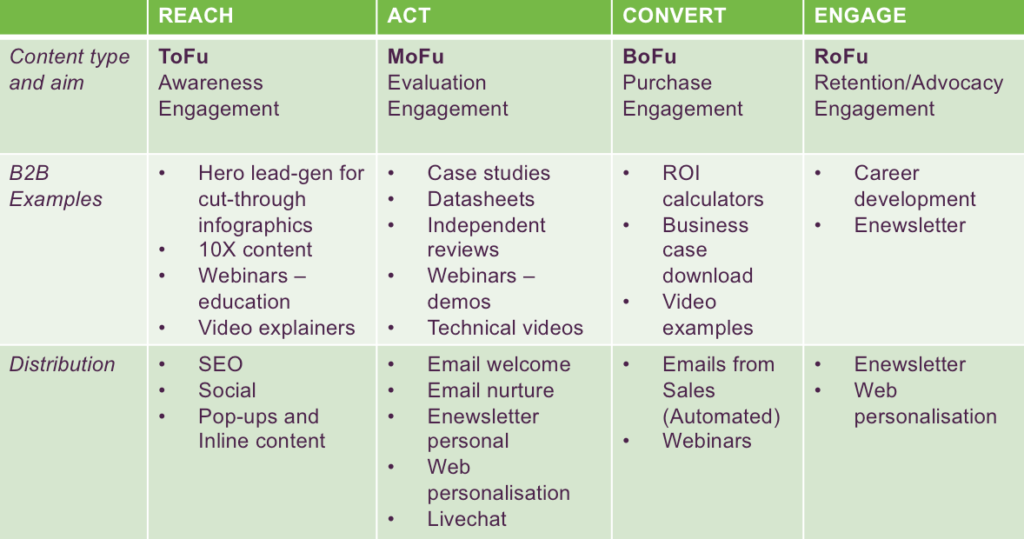
If your content is the fuel that drives your content marketing strategy, then the process of content mapping is the headlight that will direct the content execution to the right path.
A content map brings a systematic approach to your entire content marketing journey. Here’s why you should invest in creating a content map before publishing your content.
Your content should comply with your customer’s needs and demands. With a content map, you can determine your target audience and identify how they eventually search for solutions to their concerns. You can also get some industry-specific consultations. For example, if you run a SaaS business, then engaging with a SaaS SEO agency can provide deeper insights into customer behavior and enhance your content strategy to rank better in search results.
When you already know your target audience, you can update your content accordingly. Likewise, you can also identify which content works best with different channels to target the maximum audience.
You may also like: Expert Instagram Content Management Tips
Advantages of Content Mapping
The advantage of content mapping is limitless. There is so much that you can get with a well-structured content map. A few of them include:
Meeting Customer Expectation
Your audience already has a set of expectations when they Google a problem. If you do not have a content map, you will not be able to identify their method to search or the type of phrases they use to search for the problem.
This is when your content map comes into the picture. With a content map, you can easily meet customer expectations by their buyer personas and other aspects, which will help you reach the audience even before your competitor does!
Understanding Customers Better
You can never achieve success in your business if you do not know and understand your customers well. Your customers are the building block of your success. With a content map, you can define the path customers take for doing business with you. You need to understand their goals, questions, and needs.
This way, you can upgrade your content strategy and build a better one that will add more value to your target audience.
Provide a Holistic View Of Content
Creating a content marketing plan without an overview before executing it is a common blunder that most businesses make.
Take the better approach and create a content map before you execute the plan. This will help you audit and arrange your existing content, eliminating the chances of creating redundant content and the best opportunities to reuse or repurpose your existing content in the best manner.
Again, it saves up a lot of time, energy, and resources for creating new content every time and publishing it on the wrong channels.
Guide Consumer
In many instances, the customer tends to leave halfway through the process of purchasing due to not having enough information to proceed. Your content map is the guide to engaging with your potential customers and nurturing them until the end of the sales funnel to make the final purchase.
Improved Sales
Of course, creating content is an integral part of your sales funnels, but if you only focus on the quantity instead of the quality, your content marketing strategy is likely to be doomed.
With a good content map, you can ensure that every piece of your content is relevant and created purposefully to guide the audience in the right direction instead of just stalling them.
How Content Mapping Supports Business
With a content map, you can get deep insights regarding your target audience, which can help you create improved content and add value to your customers through every piece. Content mapping is a challenging process.
A content map brings different strategies under a single umbrella. It is important to consider everything which will help you make the most suitable content map. Let’s check out how a content map can help your business.
Develop a Buyer Persona to Know your Customer
The core principle of creating a content map lies in understanding your target audience inside out. The first step to achieving this feat is to develop a buyer persona.
A buyer persona is simply a character description of your target customer. It includes but is indeed not limited to information such as,
Demographics
The demographics of your target customer are their gender, age, geographic location, etc. The demographics of your target customer will serve as the initial step to knowing your customers even better.
Professional Role
The industry they are associated with, their current job title, and the other whereabouts of the company they are currently working for has a lot to do with attracting similar audiences.
Buying Habits
You need to assess whether they are spendthrift or do they hesitate a lot before making a purchase. This will help you assess the criteria that they consider before making a purchase.
Goals And Targets
Now that you know how your customers choose the right products for them, you need to analyze what products will bring the most value to them. Here you need to judge their mentality and lifestyle to understand their daily requirements.
Other Valuable Sources
When you have finally figured out all the above aspects, you will have a clear plan for what type of content will be the best for attracting similar individuals. This way, you can attract more customers with similar needs, demands, and thought processes toward your products.
Alternatively, if you already have a loyal customer base, scrape out their information and start assessing a few points:
- What are the common qualities that every customer shares?
- How did they find your product or service? What was the exact procedure?
- Why did they purchase your product over the other choices?
- What have they achieved by choosing your products?
Now when you finally answer all these questions, you will have exclusive insights into more information about your customers!
Creating A Customer Lifecycle
While creating a content plan, you should familiarize yourself with what type of content works best at each phase of the customer buying journey. This will help you guide the customer through the purchase funnel in the right direction. Here is the complete breakthrough of the different phases.
Awareness
The first point of your content funnel includes the awareness of your potential customers. You need to create content that will answer every question they might have as per their pain point. Here is the content which works best in this phase:
Social media posts: While developing the buyer persona, you will already have a hold of your customer’s social media handles. Spend time creating valuable social media posts that will answer possible queries they might have and publish them on the social media platforms they are most active on.
Webinars: Leverage the power of webinars and establish the potential pain points of your customers and answer similar queries. This way, you can also build a connection with them and have an authoritative stand for your brand.
Infographics: An infographic is simply a blog post filled with multiple images to share a message. Most people tend to get attracted to visual cues real quick. Use the infographics and convey your message to your target audience and increase the chances of considering your brand for their purchase.
Remarketing: Remarket your content to build your brand image and engage with customers who left the final checkout page without making the final purchase. Remarketing on Google or Facebook is an inexpensive yet effective way to remind those customers about your brand as their research for more options.
FAQ pages: If you are having a hard time ranking your website on Google, FAQ pages can significantly help bring your website to the top three results in no time. Ensure that you choose questions that those customers commonly ask. List out the potential solutions to their queries.
Consideration
Here you need to persuade your customers to choose your brand for solving their issue instead of switching to your competitor’s brand. Create content like these:
Email newsletters: Send out email newsletters describing the benefits and why they should consider your brand for the purchase! Check out the loopholes that other brands don’t offer or their drawbacks and leverage them to work in your favor.
Blog posts: Create more blog posts to get a high ranking on the SERPs whenever they search for similar issues.
Videos: Curate interactive videos that they can connect with in the best way.
Social media posts: Create regular social media posts to be on their mind every time, even while they are scrolling through their feed.
Evaluation Before Decision
Now that you have finally captured the attention of your prospective audience, it is time that you keep them interested and engaged in your brand and consider you as their first choice for their purchase. Content that can help you with this phase are:
Case Studies: Even though your brand caught their attention, you can ensure that they stay interested in your brand by adding multiple case studies to your website. Use case studies from your previous clients who have benefitted from your product. List out the common problems your previous clients had and how your product helped them to combat them. This way, you can also subtly promote your products.
Testimonials: When you create your sales pages, never forget to add testimonials from previous customers who trust your company for their requirements. Address the needs and requirements and answer how you have helped them in achieving the solution.
White Papers: Even though this might take a bit more effort in general, with white papers, you can give an in-depth description of how your company helped similar customers in the past and the process you follow for the solution.
Decision To Purchase
This marks the second last phase of the content mapping funnel. Here you need to curate content that can target the right keywords and encourage the customers to finally hit the purchase button!
The content should be engaging since your customers will try to interact before making the final purchase.
These are the type of content you should consider:
Ads: Ads are a great way to encourage your potential customers to buy your products! Choose the right keywords for the ads, and you can ensure that the ads pop up with the right audience at the right time to maximize the chances of purchasing your product!
Free trial sign-up pages: You can also offer them free trials for a limited period and persuade them to finalize the purchase.
Reviews: Again, portray enough reviews to your customers to compel them to the final purchase.
Live demos: Offer short demo videos for your customers to portray the working of your product and its advantages.
Free consultation: At times when the customer has queries, don’t give them the chance to get their queries cleared by your competitor’s website. Arrange free consultations with a prompt response rate and get the queries cleared in minutes.
Post-Purchase
Now when they finally purchased your product, you cannot just leave them at this stage. For a business to flourish, you should have an incredible post-purchase service that includes assisting the customers and creating content that will help them make the most out of your purchase and re-consider your brand for the next purchase!
The type of content that can help you with this includes:
User Guides: Create comprehensive user guides stating everything about your product, like a user manual. Make it easily accessible for their convenience.
Customer portals: Create customer portals for quicker assistance in case they run into any errors or hindrances while using your product.
Email newsletters: Send regular email newsletters to re-engage and re-consider your brand again for the next purchase.
Coupons: Send out exclusive coupons to them for being loyal customers to their brand and motivate them to keep the cycle ongoing.
Surveys: Send out surveys to gather feedback regarding the experience they had while using your product. This will make your customers feel even more valuable.
When you finally know what type of content you should publish at what stage of the buyer journey, you can now reschedule your existing content in the same manner and grasp the opportunities.
Develop a Catalog Of Content And Analyze
As we said, when you know what type of content suits you best at which phase, you need to rearrange your existing content to repurpose it. Hence, it is time that you scrape out and know all of the existing content that you already have.
This will ensure that you do not create duplicate content or redundancies resulting in loss of time, energy, and resources.
You need to perform a quick content audit and create a complete catalog listing all the existing content that you have. Here are some points you should add to your catalog:
- Title
- URL
- Category(the niche or theme of the topic)
- Type of content
- Publish date
- Quality of content
- Conversion points
Now it is time that you analyze the catalog you just created. Here are some things that will help you with this:
Type of content: Look at every type of content you listed and match them with the buyer personas and the customer buying journey we just comprehended above.
Conversion points: Make sure that every content should have a powerful call to action at the end to encourage the customer to move to the next step of the purchase.
Content quality: If you find content that is not updated or low in quality, maybe it is time that you keep it aside to repurpose later or just discard it. Don’t hamper the quality of your customer journey by adding irrelevant and low-quality content.
Lookup For Gaps
At this point, you almost have a full-fledged content map that matches your existing content and guides the customers to different points on the journey.
However, you need to look out for any potential gaps in the content map you just created.
Check for any content which might be missing out on any phase that breaks the customer buying journey. This way, you can identify the gaps and create relevant content to fill out the gaps instead of adding shallow or inadequate content to stall them from the final destination.
Also, check out the content catalog and look out for content that you can repurpose for filling out the gaps, which will save you some extra time and resources for creating new content again.
New Content Creation
Now that you have finally figured out the gaps in your content map, it is time to either repurpose your existing content or create newer ones.
To create new content, you need to keep certain aspects into consideration:
- Understand the pain points of your audience and focus on them while creating the content
- Add the latest and valuable information to your content
- Keep it concise yet informative
- Add powerful call-to-action parts in every content to compel them to move forward to the next step
- Try to add multiple visual cues like videos or infographics to engage the audience with your content
Which Tools Are Effective For Content Mapping?
Even though we have discussed the entire process of content mapping here, you can make it even easier by relying on different content mapping tools that can streamline your journey.
These tools include:
Buyer Personal Template: You can create a detailed buyer persona here that will help you analyze the thought process of your ideal customers.
Content Audit Template: Content auditing is an essential step of your content mapping journey. You can use a content audit template and create a comprehensive list of your existing content and the other information as discussed above. This will help you analyze and place the right content in the right space.
Content Mapping template: Lastly, you can develop a complete content map with every detail of the customer buyer journey with a content mapping template. Also, arrange your existing content here and add new ones to fill out the gaps.
FAQs about Content Mapping
We have a few FAQs answered for you below:
How To Distribute Each Piece Of Content In The Content Map?
The content mapping puzzle can get overwhelming if you have loads of existing content and are juggling with the placements. The best way to place your content is to follow the buyer journey, match the type of content and start placing it accordingly in your content map.
How To Use A Content Map?
You can use your content map to create, optimize and execute your content and make the most out of your content marketing journey.
What Type Of Content Should I Add To My Content Map?
There are multiple types of content you can add to your content map. Some of them include,
- Social media posts
- Infographics
- Blog posts
- Remarketing
- Landing pages
Words from Content Mapping Experts
Lastly, let’s check out some golden words from the Content Mapping experts of the industry to give you some bonus tips for your content mapping journey.
“The best part about inbound is that you can give your prospects the information they are asking for before they even ask for it. Buyer personas and lifecycle stages allow you to be one step ahead of the game by mapping out what your prospect’s next steps are and delivering the content from numerous different avenues”.
“We create buyer personas as part of our onboarding process, and everything we do, from content offers to daily tweets, is centered around that document. We also always ask ourselves, “Would business owner Bob open this email, click this tweet, download this offer, etc?””
“When mapping out content for your site’s visitors, it’s important to remember that when it comes to purchasing decisions(BOFU conversions especially for B2B and high-priced items), there are some personas out there who would rather speak to someone on their terms rather than fill out a form for a consultation”.
“One tip I’d suggest for anyone with different personas would be to dedicate an entire section of your site to each audience. That way, when you pull in your audience, all the content is directed towards them”.
Conclusion
Content that brings results is as simple as asking and answering the right questions. The content mapping process can not only help you identify your buyer’s persona and lifecycle stage but can also save you time and effort when it comes to creating content Map out your content to reach your audience and boost your chance of winning a loyal customer today!

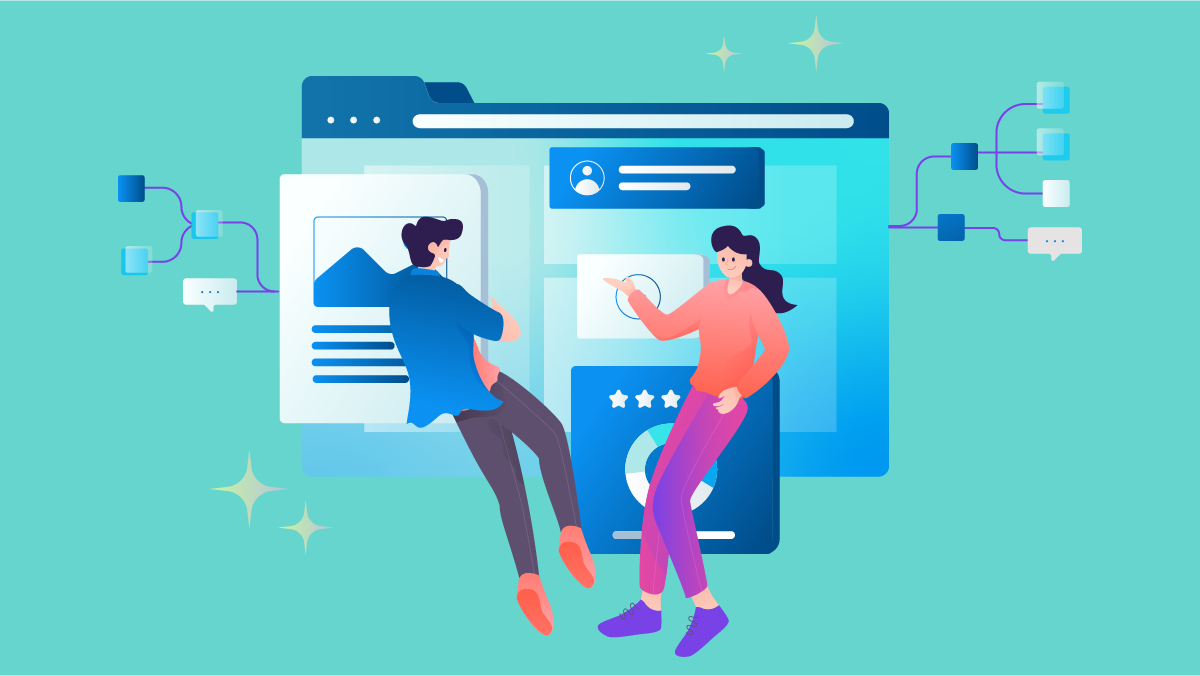
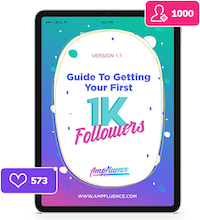
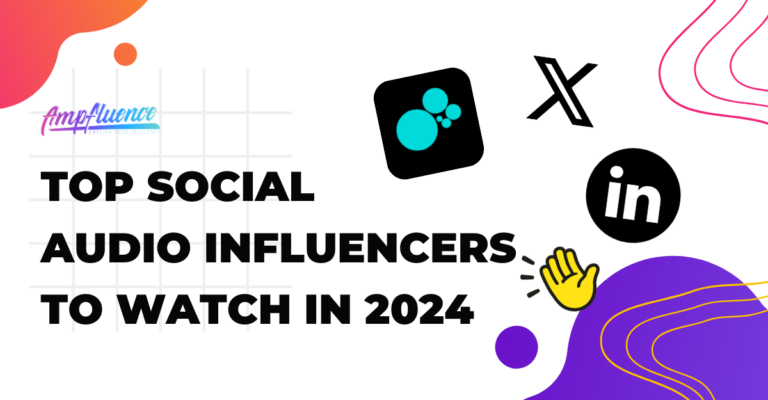
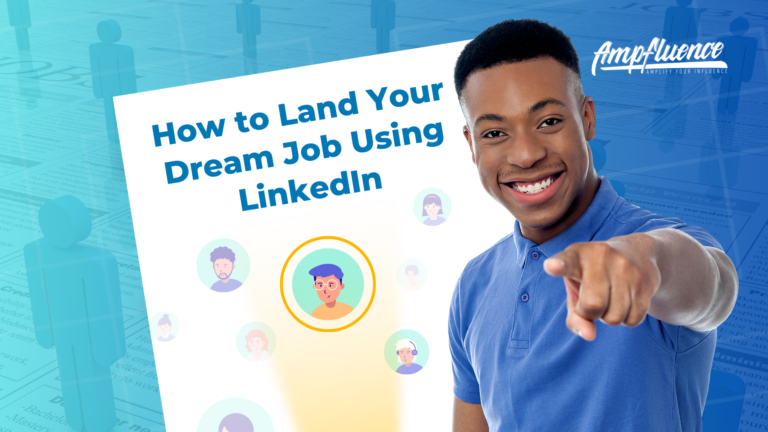
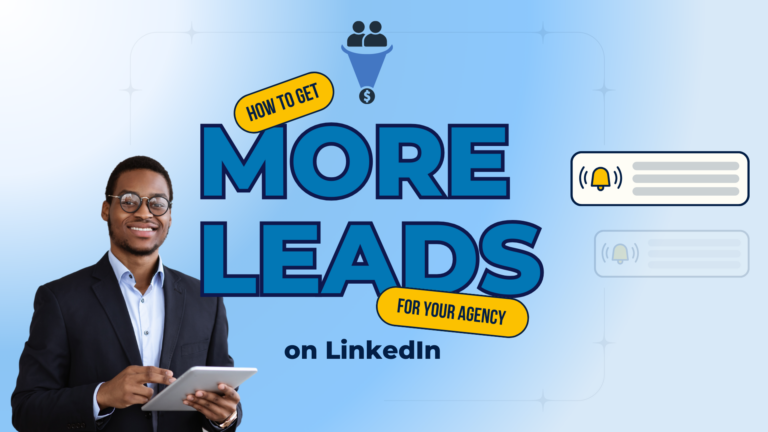

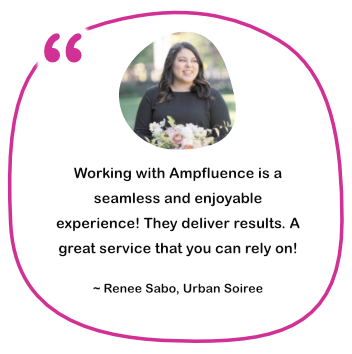

8 Responses
This is a good and helpful article, in my opinion. By if we do not align content with a specific problem and the right stage of the buying journey, our complete content marketing plan will go in vain.
Hi there, I would like to say that https://valhallamedics.com/ understands the unique requirements of production and film sets. Their proactive medical support ensures that every aspect of health and safety is taken into account. Whether filming movies, commercials or runways, their professionals provide peace of mind and excellent medical care even in high-pressure environments.
If you have large shipments and want to be sure of their reliable delivery, I recommend you to pay attention to Load Adjustment. They have not only extensive experience in transportation, but also the technical capabilities to handle large shipments. My experience with them has been flawless and I have confidence in them as a reliable logistics partner.
Unlock Your Gaming Potential: Unblocked Games 66 – Play, Explore, Conquer!
In 2023, content mapping is expected to become even more important to businesses as the digital landscape continues to evolve.
Affordable Piano Moving Services in Muskegon MI
Great post.
nice blog
This deep dive into content mapping is a gem. The step by step approach coupled with expert tips makes it easier to grasp. Ready to revamp my content strategy with a well structured content map.
BBQ Grill Cleaning Services in Scottsdale AZ